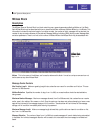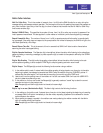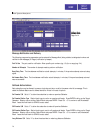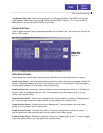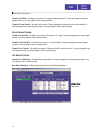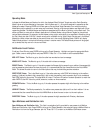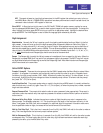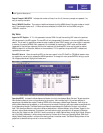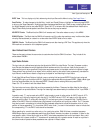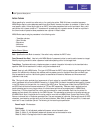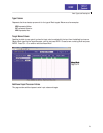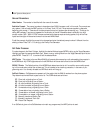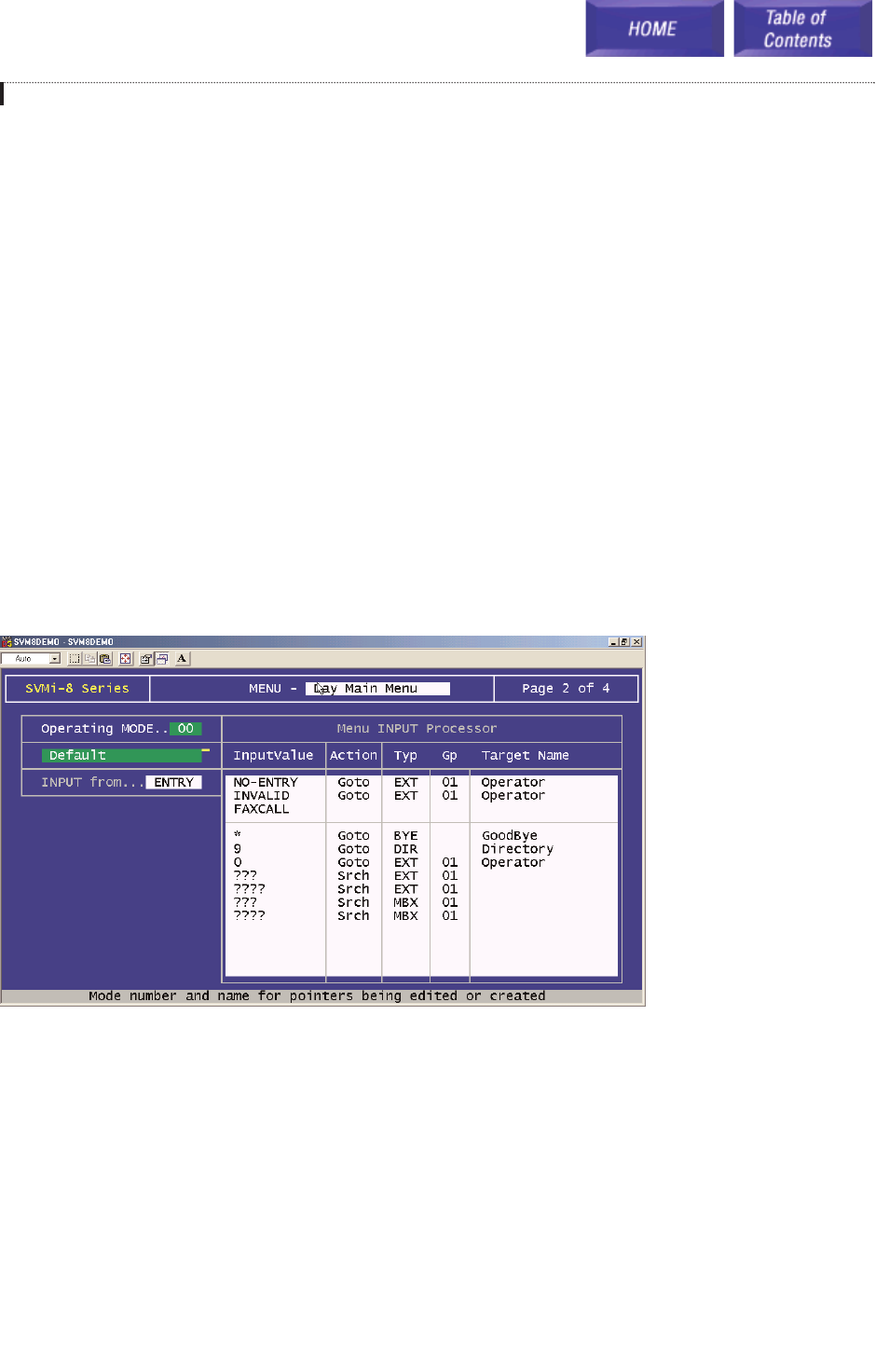
Repeat Prompts if NO ENTRY Indicates the number of times, from 0 to 9, the menu prompts are repeated, if no
entry is made by the caller.
Retry if INVALID Condition The number of additional attempts that this MENU allows if the caller makes an invalid
entry. The allowable inputs are 0 - 9. When retries are exhausted, the SVMi-8 will exit the MENU using the
<INVALID> condition.
Key Value
Append to KEY Register A 'Y' in this parameter instructs SVMi-8 to add the resulting KEY value to the previous
KEY value stored in the KEY register. The new KEY will only be appended if the search in the current MENU was suc-
cessful. This is useful in applications where the caller is asked to enter DTMF (usually one or two digits) in response
to a series of prompts (MENUs). Each response is first validated (by matching an INPUT value) and then added
(appended) to the previous response. After the final response, the combined KEY value may be used by another
MENU to search for an Extension, Mailbox or Announcement. If 'N' is specified, the previous KEY is cleared and
replaced by the new value.
Store KEY Value In Store the resulting KEY from the menu search in the CID ,FwdID, or TRUNK call session mem-
ory register for use as input to subsequent MENU operations. To change this value, press ENTER to bring up a pick
list of appropriate values. Highlight and select one.
Operating MODE Indicates the Mode Name and Number for which the displayed Block Pointers' Targets are active.
Each Operating Mode is given a unique Number by the system. Valid numbers are 01-99, and are assigned in
sequence as new Modes are created. Pressing ENTER at this field opens a Mode Target Generator, from which an
existing Mode Name may be selected, or a new name may be entered. Entering a new name creates a new Mode with
its corresponding Number. The Mode Number and Name are associated with the Block's Pointers, not the Block
itself. This allows one Block to route calls to different destinations in different Modes, using different Targets for the
pointers' various Mode references. For example, the Invalid pointer might route callers to an operator's Extension
during the 'Day' Mode, but after 5:00 PM, it would route them to a Night Options Menu during 'Night' Mode. Pointers
set in the Default Mode stay in effect unless overridden by Pointers set in the current Operating Mode. SVMi-8 will
display Default Mode pointers in a block while viewing pointers in another mode. The Default Mode pointers will be
grayed out to denote that they are not in the current mode.
Block Types and Descriptions
76
MMeennuu BBlloocckk
Page 2 of 4



